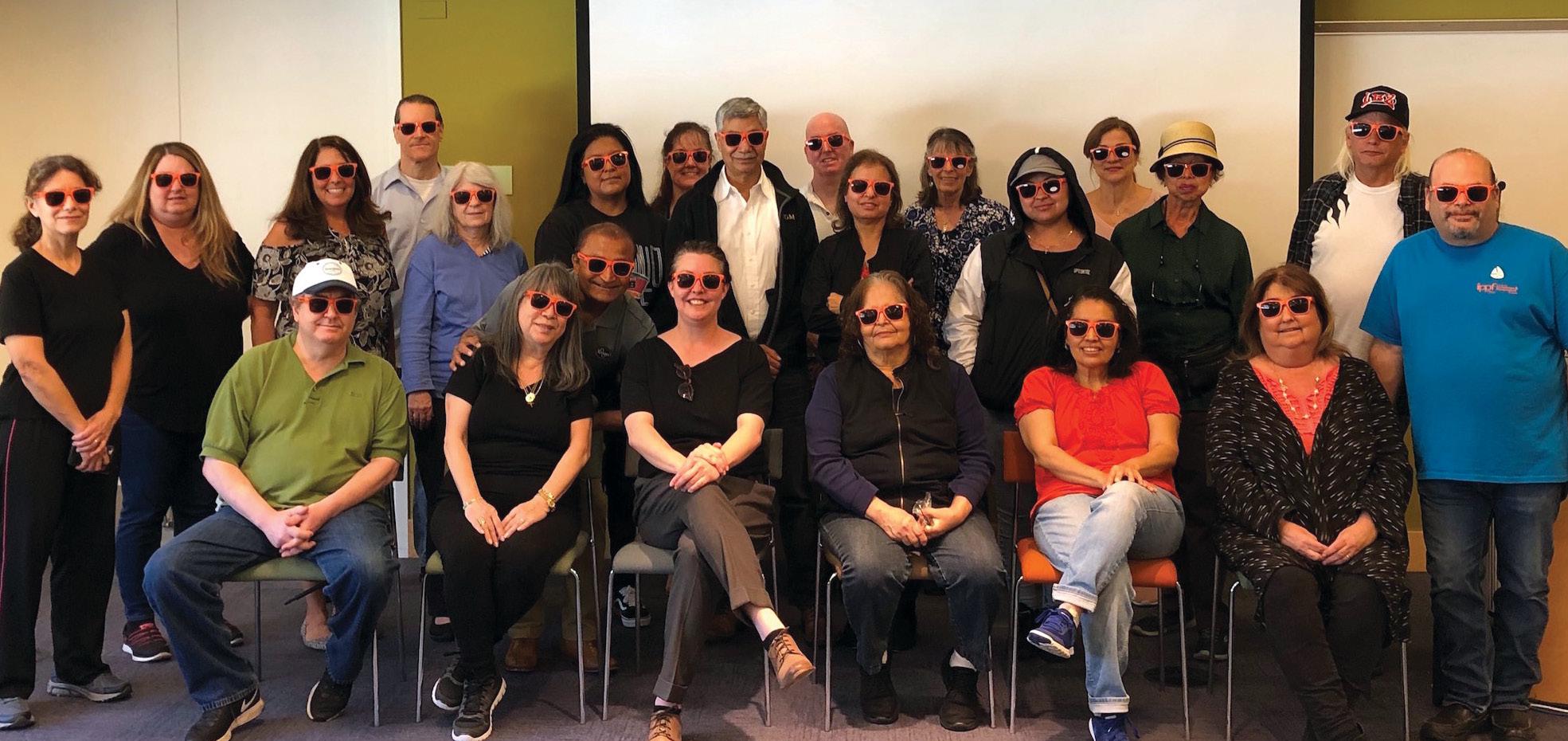
3 minute read
Setting Research Priorities for the Treatment of Pemphigus and Pemphigoid in the UK
Isobel Davies
In 2018, PEM Friends, the UK support group for people with immune-bullous diseases, was invited to participate in a Priority Setting Partnership (PSP) by the UK Dermatology Clinical Trials Network (UK DCTN). After eagerly agreeing to something we knew nothing about, we discovered that this PSP was intended to establish the top issues related to the treatment of pemphigus vulgaris, bullous pemphigoid, and mucous membrane pemphigoid that required investigation or research.
Advertisement
A PSP enables clinicians, patients, and caregivers to work together on an equal footing to prioritize particular areas of health and care that could benefit from research. Facilitated by the James Lind Alliance, this PSP is funded by the Nottingham Hospitals Charity and coordinated by the UK DCTN at the Centre of Evidence Based Dermatology. It is also organized by the PSP partner organizations.
Our work started by refining the communications and the wording for the first survey. This task was surprisingly tough. We wanted to speak to as many medical professionals, patients, and caregivers affected by these diseases as possible, and it was a challenge to clearly explain our goals to these groups in a simple way.

Despite the fact that the PSP includes PEM Friends, patients, dermatologists, ophthalmologists, and dermatology nurses, our biggest challenge has been finding contributors for the survey. Clinics run by experts in these diseases in the UK are few and far between. They hand out information and copies of the survey; however, we need to reach as many people as possible, and unfortunately there are no lists of patients with our rare diseases available. We are hoping to get as many UK-based patients, caregivers, and healthcare professionals as possible to participate by spring 2020.
Once enough participants have contributed to the first survey, we will be able to carry out a second survey that will ask people to prioritize questions about treatments. We will then create a shortlist. Finally, the patients and clinicians who express interest will be invited to a workshop to establish the top 10 issues related to treatment.
Currently, we're halfway through the process of collecting responses from the first survey and need to step up our efforts to get as many respondents as possible. The survey includes up to five questions about disease treatment and will provide valuable data on what patients and medical experts see as the most important aspects of pemphigus and pemphigoid treatment.
In conjunction with the PSP, members of PEM Friends are also involved in another project led by researchers at the Centre of Evidence Based Dermatology. This work will help design studies to address the results of the PSP. One study will show how many people in England have developed bullous pemphigoid in the last 20 years, and whether the number of people affected has changed or varies by geographical region. We will also describe the dose and length of time that people are prescribed steroids, as well as any reasons why patients might not be able to take part in a future trial.
We hope that our work with the PSP is the start of something important for generating a deeper understanding of these diseases. If you are based in the UK, please consider providing your input to the survey. Every contribution makes a difference, and the more participation we can get, the more informed future research will be. To access the survey, go to www.surveymonkey.co.uk/r/PEM-PSP. More information about the UK DCTN and the James Lind Alliance can be found at www.ukdctn.org and www.jla.nihr.ac.uk/priority-setting-partnerships.
Isobel Davies runs PEM Friends, a support group for P/P patients and caretakers in the UK. Isobel was diagnosed with MMP in 1994 and still struggles with the effects of the disease. She lives in Buckinghamshire with her husband, Phil.









